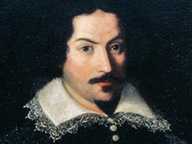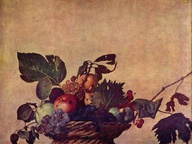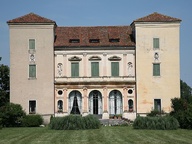Liberi tutti! Art and Society in Italy. 1989 - 2001
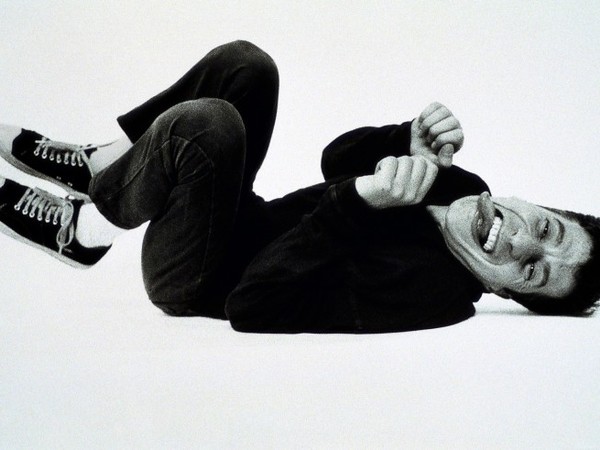
From 07 Luglio 2015 to 18 Ottobre 2015
Turin
Place: MEF - Museo Ettore Fico
Address: via Francesco Cigna 114
Times: From Wednesday to Friday 14-19; Saturday and Sunday 11-19
Responsibles: Luca Beatrice, Andrea Busto, Cristiana Perrella
Organizers:
- Museo Ettore Fico
- Fondazione Ettore Fico
- Regione Piemonte
- Compagnia San Paolo
- Città di Torino - Assessorato alla Cultura
Ticket price: full € 10; € 8 seniors over 65, teachers, organizations with special agreements; € 5 13-26 years and groups (minimum 6 people). Free children under 12, accredited journalists, visitors with disability and carer, Torino+Piemonte Card holders
Telefono per informazioni: +39 011 853065
E-Mail info: info@museofico.it
Official site: http://www.museofico.it
A period, from the fall of Berlin Wall (9 November 1989) to the collapse of New York Twin Towers (11 September 2001), when society and culture underwent especially intense changings, waiting for another crucial passage, the coming of a new century and a new millennium.
As a matter of fact, in a very short span of time, the progress of digital culture revolutionized our way of life. The spread of HIV marked a change in interpersonal rela- tions, undermining the sexual freedom gained in the previous decades and at the same time stimulating some thinking about gender identity.
A greater awareness of environmental problems began to spread and, most of all, with the end of the cold war, the collapse of the USSR and the establishing of global economic dynamics and with major migratory flows towards more developed conflict-free countries, the perception of the world and its boundaries changed and the encounter of different cultures became everyday experience.
Art expresses its own time and is sometimes able to anticipate it, increasing the awareness of the reality we live in. From 1989 to 2001, art itself has changed at an unknown speed, opening up to new themes, new languages, and encompassing expressions of cultures and geographic scenarios ignored before.
Even though it is maybe not as much influenced by major geo-political and cul- tural changes as USA and Great Britain or emerging countries like China are, Italian art scene of the 1990s significantly responds to its time and the questions it poses, it is rich of novelty and creative effervescences: as a matter of fact, that generation of artists can be considered the last one which came out solid and positive on the international scene.
It is a generation which, compared to the previous ones, practises great free- dom in style, form and content. Switching from painting to video, from installation art to sculpture, from photography to objects, most young artists born in the 1960s and emerging in the 1990s amaze for the “thoughtful lightness” of their artistic proposal and the care in staging them; they are strongly tied to the project, they often dialogue between them and they establish relations with other languages, such as literature but also film and music scene, lively like it has not been for a long time.
The title Liberi tutti! – which has more or less the same meaning as “olly olly oxen free” – is inspired by a song of Turinese band Subsonica, released in their second album Microchip emozionale [Emotional Microchip] from 1999 and highlights the wide space of possibility (which does not mean without any rule) open to the Italian art of the 1990s.
It was a particularly lively and creative moment which has not repeated itself in recent times. Its story goes hand in hand with the development of our society, in a decade not so easy to identify yet, but whose distance in time seems enough to look at it without any prejudice or exaltation.
If Milan can seem the trade hub of young art galleries and the heart of the concentration of a great number of young artists from all over Italy, Turin develops an important cultural policy which, after the first serious economic crisis, will transform the industrial hub into the city of tourism and experimentation; Rome, on its turn, collects the heritage of Transavanguardia movement with different significant figures and the South too, neglected in other times, shows lively and exciting. Since Italy is traditionally a country without a center, the role of provinces is foundamental: many notable galle- ries and exhibition spaces stand outside the metropolitan areas and it must be noticed that contemporary art museums whose date of birth is between the late 1980s and the early 1990s are taking on a new role. Liberi tutti! is meant to be an accurate review of those artists and those works that characterized a long decade which left behind a flowing, transversal and dynamic picture of Italian art, beyond any barrier and incredibly contemporary. The curators Luca Beatrice and Cristiana Perrella, who in the 1990s wrote two works of militant criticism, Nuova Scena [New Scene] (G. Mondadori, 1994) and Nuova Arte Italiana [New Italian Art] (Castelvecchi, 1998), have selected 63 artists for a total of about 80 works produ- ced between 1989 and 2001, plus a video show.
Artists
Mario Airò, Stefano Arienti, Massimo Bartolini, Matteo Basilé, Alessandro Bazan, Vanessa Beecroft, Elisabetta Benassi, Simone Berti, Betty Bee, Monica Bonvicini, Botto&Bruno, Paolo Canevari, Monica Carocci, Maurizio Cattelan, Umberto Cavenago, Loris Cecchini, Marco Cingolani, Sarah Ciracì, Roberto Cuoghi, Cuoghi Corsello, Mario Dellavedova, Bruna Esposito, Lara Favaretto, Flavio Favelli, Giovanni Frangi, Giuseppe Gabellone, Stefania Galegati, Daniele Galliano, Angiola Gatti, Francesco Jodice, Massimo Kaufmann, Thorsten Kirchhoff, Luisa Lambri, Armin Linke, Marcello Maloberti, Miltos Manetas, Domenico Mangano, Margherita Manzelli, Eva Marisaldi, Marco Mazzucconi, Marzia Migliora, Liliana Moro, Adrian Paci, Luca Pancrazzi, Perino&Vele, Diego Perrone, Alessandro Pessoli, Cesare Pietroiusti, Cristiano Pintaldi, Paola Pivi, Pierluigi Pusole, Andrea Salvino, Lorenzo Scotto di Luzio, Rudolf Stingel, Grazia Toderi, Tommaso Tozzi, Patrick Tuttofuoco, vedovamazzei, Maurizio Vetrugno, Francesco Vezzoli, Massimo Vitali, Luca Vitone, Sislej Xhafa.
SCARICA IL COMUNICATO IN PDF

-
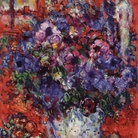 Dal 20 aprile 2024 al 27 ottobre 2024
Conversano | Castello Conti Acquaviva D'Aragona
Dal 20 aprile 2024 al 27 ottobre 2024
Conversano | Castello Conti Acquaviva D'Aragona
-
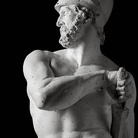 Dal 20 aprile 2024 al 29 settembre 2024
Possagno | Museo Gypsotheca Antonio Canova
Dal 20 aprile 2024 al 29 settembre 2024
Possagno | Museo Gypsotheca Antonio Canova
-
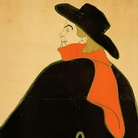 Dal 20 aprile 2024 al 21 luglio 2024
Torino | Mastio della Cittadella
Dal 20 aprile 2024 al 21 luglio 2024
Torino | Mastio della Cittadella
-
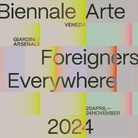 Dal 20 aprile 2024 al 24 novembre 2024
Venezia | Sedi varie
Dal 20 aprile 2024 al 24 novembre 2024
Venezia | Sedi varie
-
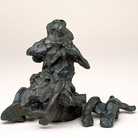 Dal 16 aprile 2024 al 15 settembre 2024
Venezia | Gallerie dell’Accademia
Dal 16 aprile 2024 al 15 settembre 2024
Venezia | Gallerie dell’Accademia
Willem de Kooning and Italy
-
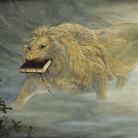 Dal 17 aprile 2024 al 22 settembre 2024
Venezia | Ateneo Veneto
Dal 17 aprile 2024 al 22 settembre 2024
Venezia | Ateneo Veneto

